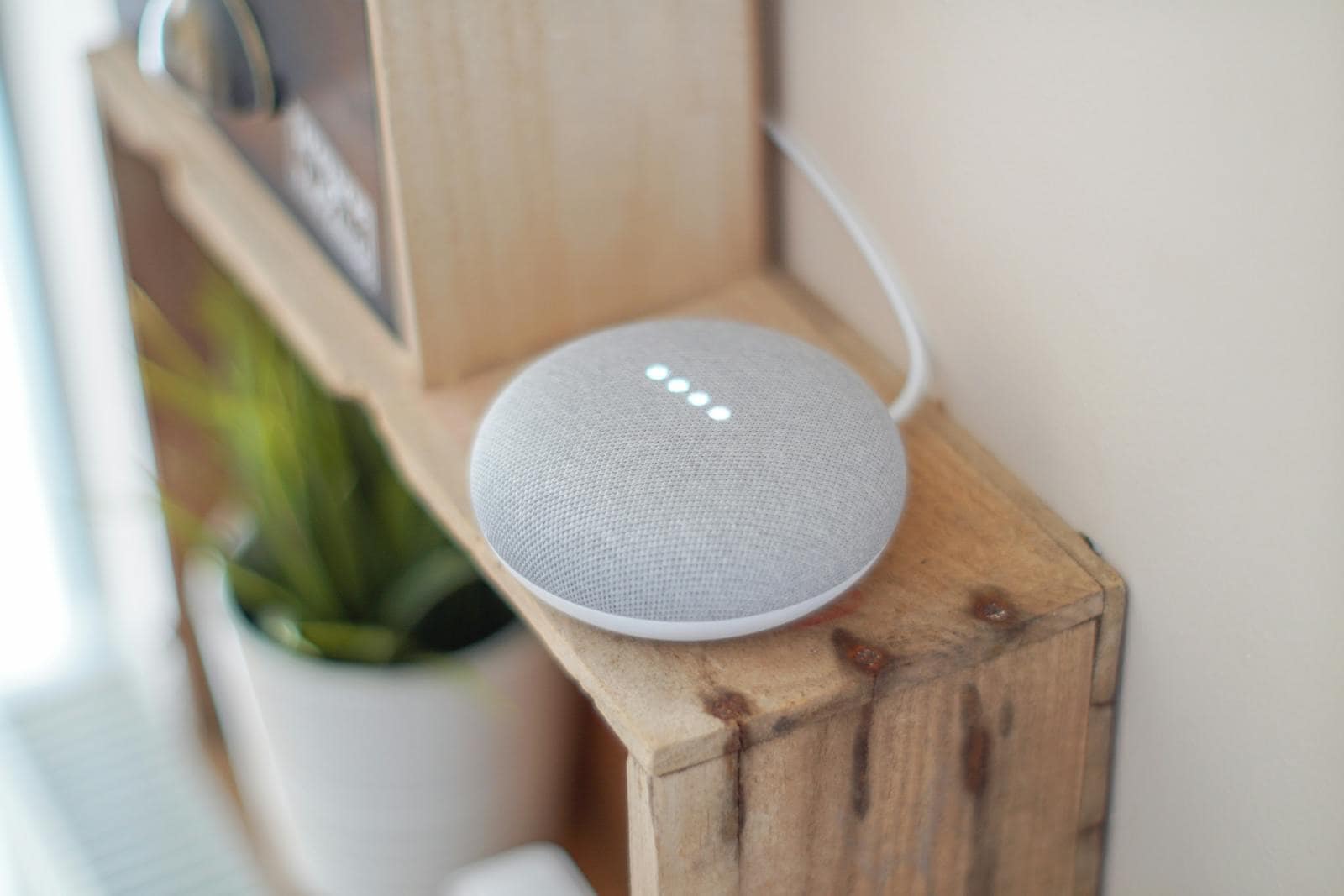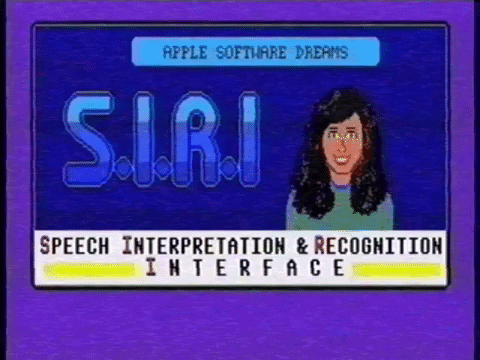Speech recognition technology has transformed the way we interact with devices and access information. This technology enables machines to understand and process human speech, allowing for a more natural and intuitive user experience. You may find yourself using voice commands to send messages, make calls, or even control smart home devices.
The convenience and efficiency offered by speech recognition have made it a useful tool in various sectors, from healthcare to customer service. The evolution of speech recognition technology has been remarkable, with advancements that have significantly improved its capabilities. You may have noticed how voice assistants like Siri, Google Assistant, and Alexa have become more responsive and accurate over time.
These developments are the result of extensive research and innovation in the field. As you delve deeper into the history and current applications of this technology, you will gain a better understanding of its impact on society, and the potential it holds for the future.
Key Takeaways
- Speech recognition technology allows machines to understand and interpret human speech, enabling a wide range of applications.
- The historical development of speech recognition technology has seen significant advancements, from early systems with limited vocabulary to today’s sophisticated AI-powered solutions.
- Current applications of speech recognition technology include virtual assistants, dictation software, customer service automation, and voice-controlled devices.
- Advancements in artificial intelligence and machine learning have greatly improved the accuracy and performance of speech recognition systems.
- Integration of speech recognition in smart devices and virtual assistants has become increasingly common, offering convenient and hands-free interaction for users.
Historical Development of Speech Recognition Technology
The journey of speech recognition technology began in the 1950s, when researchers first attempted to create systems that could recognize spoken words. Early systems were rudimentary, often requiring users to speak in a limited vocabulary,under controlled conditions. One of the first successful speech recognition systems, called “Audrey,” could only recognize digits spoken by a single voice.
This marked the beginning of a long and challenging path toward more sophisticated systems. As the decades progressed, advancements in computer processing power and algorithms led to significant improvements in speech recognition capabilities. In the 1970s, the introduction of Hidden Markov Models (HMM) revolutionized the field by allowing systems to better handle variations in speech patterns.
By the 1990s, continuous speech recognition became possible, enabling users to speak naturally without pausing between words. This evolution laid the groundwork for the more advanced systems you encounter today, which can understand diverse accents and dialects.
Current Applications of Speech Recognition Technology

Speech recognition technology is ubiquitous, permeating various aspects of your life. In the realm of personal devices, you likely use voice commands to interact with smartphones and tablets, making tasks like searching for information or setting reminders more efficient.
Businesses have adopted this technology to enhance customer service experiences. Automated phone systems now utilize speech recognition to route calls and provide information without human intervention, streamlining operations and reducing wait times. Industries such as healthcare have embraced speech recognition, to improve documentation processes.
You may be aware that medical professionals often face challenges in maintaining accurate records while attending to patients. Speech recognition software allows them to dictate notes directly into electronic health records, saving time and reducing administrative burdens. This application enhances productivity and improves patient care, by ensuring that vital information is captured accurately and promptly.
Advancements in Artificial Intelligence and Machine Learning
The integration of artificial intelligence artificial intelligence (AI) and machine learning (ML) has propelled speech recognition technology into new realms of capability. AI algorithms can analyze vast amounts of data to identify patterns in speech, leading to more accurate recognition. This means that when you speak to your device, it can better understand your intent, based on context and previous interactions.
Machine learning models are continuously trained on diverse datasets, allowing them to adapt to different accents, dialects, and even emotional tones. This adaptability creates a seamless user experience. For instance, when you ask your voice assistant about the weather, or request a specific song, the underlying AI algorithms work to ensure that your request is understood correctly.
The ongoing advancements in AI and ML are not only enhancing accuracy, but also expanding the range of applications for speech recognition technology.
Improvements in Accuracy and Performance
One of the most significant achievements in speech recognition technology has been the dramatic improvement in accuracy and performance over recent years. Modern systems can understand complex sentences and respond appropriately, even in noisy environments. This leap in performance can be attributed to several factors, including enhanced algorithms, larger training datasets, and improved hardware capabilities.
The introduction of deep learning techniques has played a pivotal role in this transformation. By utilizing neural networks that mimic human brain functions, these techniques enable systems to learn from vast amounts of data, more effectively than ever before. As a result, when you engage with a voice assistant or dictation software, you can expect a level of accuracy that was once unimaginable.

Challenges and Future Directions in Speech Recognition Technology
Despite the remarkable advancements in speech recognition technology, several challenges remain that need addressing as you look toward the future. One significant hurdle is the variability in human speech patterns, including accents, dialects, and even individual speaking styles. While current systems have made strides in understanding diverse voices, there is still room for improvement in ensuring that all users can interact with technology effortlessly.
Another challenge lies in the context-dependent nature of language. You may find that certain phrases or commands can have multiple meanings based on context, which can lead to misunderstandings between users and devices. As researchers continue to refine algorithms and improve contextual understanding, the goal is to create systems that can accurately interpret user intent regardless of linguistic nuances.
Ethical and Privacy Considerations in Speech Recognition Technology
As speech recognition technology becomes increasingly prevalent, ethical and privacy considerations are paramount. You may be concerned about how your voice data is collected, stored, and used by companies that provide these services. The potential for misuse or unauthorized access to sensitive information raises important questions about user consent and data security.
There is an ongoing debate about surveillance implications associated with always-on devices that listen for voice commands. It’s essential to stay informed about privacy policies and practices related to speech recognition technology. Advocating for transparency and accountability from companies can help ensure that your rights are protected as this technology continues to evolve.
Conclusion
Speech recognition technology has come a long way since its inception, evolving into a powerful tool that enhances your daily interactions with devices and services. As advancements continue in AI and machine learning, you can expect even greater accuracy and performance from these systems. However, it is crucial to remain aware of the challenges and ethical considerations that accompany this technology as it becomes further integrated into your life.
By understanding its history, current applications, and future directions, you can appreciate the profound impact speech recognition will continue to have on society.
Speech recognition technology is a crucial component of many modern tech stacks, allowing for seamless integration of voice commands into various applications. For those interested in enhancing their tech stack knowledge, this helpful article on what a tech stack is can provide valuable insights.
Or, if you’re looking to improve your online security, you may benefit from a guide on setting up a Bitwarden account, which can be found at this link.
Learn more about Teracore’s Managed WordPress Hosting packages >
FAQs
What is speech recognition?
Speech recognition is the technology that allows a computer or machine to identify and understand spoken language. It involves the process of converting spoken words into text or commands that a computer can understand and act upon.
How does speech recognition work?
Speech recognition works by using algorithms and language models to analyze and interpret the audio input of spoken words. The process involves breaking down the audio into phonemes, or distinct units of sound, and matching them to known words and phrases in a database.
What are the applications of speech recognition?
Speech recognition technology is used in a variety of applications, including virtual assistants (such as Siri and Alexa), dictation software, customer service call centers, language translation, and accessibility tools for individuals with disabilities.
What are the benefits of speech recognition?
The benefits of speech recognition include improved accessibility for individuals with disabilities, increased productivity through hands-free operation, and the ability to interact with technology in a more natural and intuitive way.
What are the challenges of speech recognition?
Challenges of speech recognition include accurately interpreting different accents and dialects, dealing with background noise, and understanding context and intent in spoken language. Additionally, privacy and security concerns related to voice data are also important considerations.



